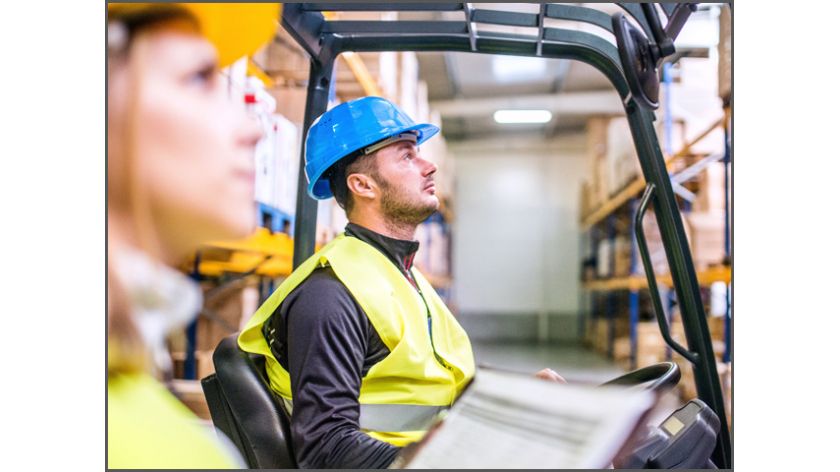
One of the easiest and effective steps you can take to keep your operators and equipment safe is to perform routine standard safety checks. These safety checks can help cut down on equipment down time due to unanticipated repairs while also keeping your operators, and the staff working around those machines, as safe as possible. Let’s take a minute to discuss a few common issues that machines typically suffer from during their life cycle, and share some tips and tricks to keep your equipment, operators, and business operations running safe and sound.
The first check is one that doesn’t even involve your forklift. Always check the environment you operate in for any possible hazards or concerns. Providing a safety vest, goggles, or hearing protection can go a long way in helping operators stay safe, comfortable, and productive. Regular facility cleaning can also go a long way in helping limit possible workplace hazards and keep everyone, not just your equipment operators, as safe as possible.
A lot of operators are unaware of the fact that most tires and wheels, especially polyurethane style, are typically manufactured to perform in a specific environment. For example, if you use a poly wheel that is designed to be operated in cold environment’s, and you try to use it on your forklift or elevated work platform that you operate outdoors in a hot climate, those poly wheels are not going to live up to their full life cycle. This will most likely result in you having to pay more for repairs and replacements than you would if you had the correct style poly wheel at the start. Always do a visual check for abrasions, low tire pressure, chunking, and more depending on the specific type of tire you use on your forklift
Safety Devices and Accessories
The safety features and accessories on your industrial equipment are there for typically one obvious reason, to keep the operator safe. This can include but is not limited to the horn, back up alarm, entry bar, seat belt, indicator lights, fire extinguisher, and more. It is vital to check every safety device and accessory on your machine before every shift, as inadequate or missing safety features can result in severe safety hazards, and even result in regulatory non-compliance, which can lead to unanticipated fines and/or job site shutdowns.
Just like the safety components mentioned above, expired, illegible, or missing decals can lead to an increase in safety hazards and even result in regulatory non-compliance. Always be sure to check if any of your decals are worn, scratched, or faded. If you rent or buy a new machine, always verify that none of the decals are in a different language or expired. Also be sure to check the equipment data tag to ensure it is legible and in your native language, that way if you do need to make a repair and purchase a replacement part, you know you’re getting the right part for your specific machine.
It’s important to remember that no machine and operator stay the same over time, so be sure to conduct your inspections on a routine schedule. This helps ensure if your machine does need a repair performed or a part replaced, it is done as soon as possible. This practice can allow your operators to avoid unnecessary safety risks in the future. Having a set safety checklist for each of your different types of equipment helps operators give consistent and reliable feedback. In addition, it can help operators better anticipate safety concerns and address those hazards beforehand, helping you mitigate risk. Please note you should always defer to original manufacturer specifications and recommendations to ensure the safest and most reliable operation possible.
With June being national safety month, there is no better for you and your company to start taking safety seriously. Check out TVH.com or contact your sales representative for our full offering on our safety parts and accessories today!